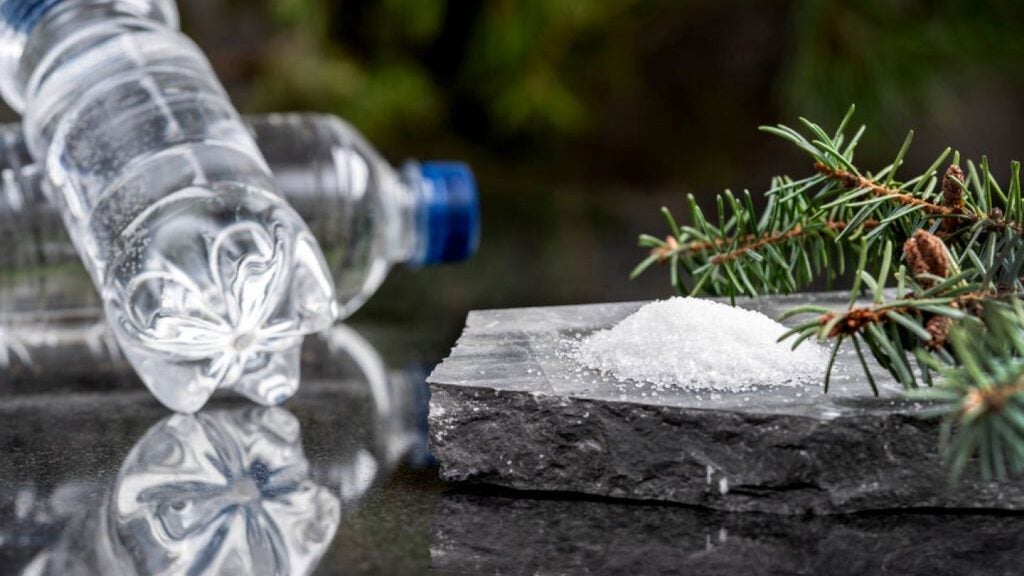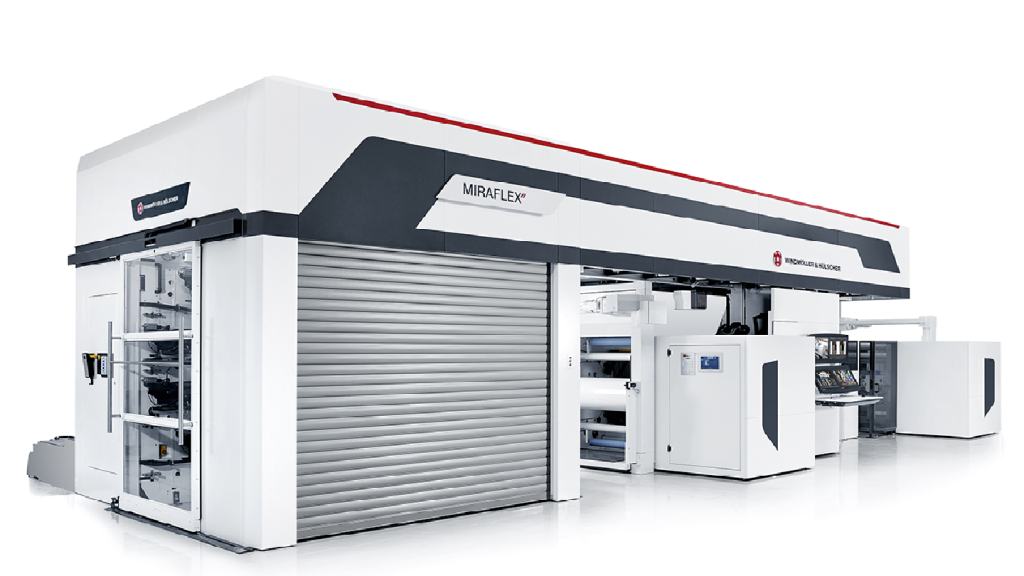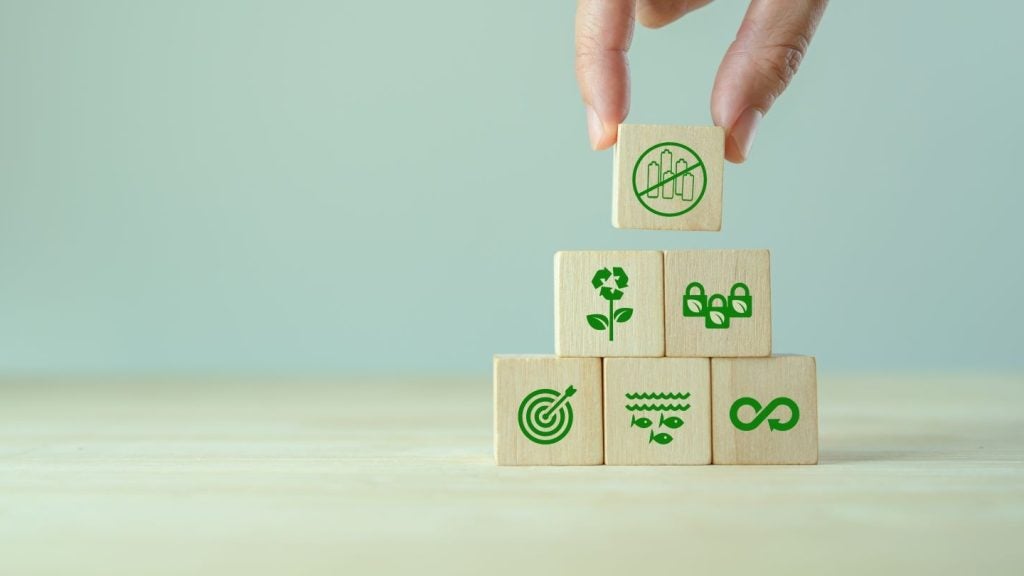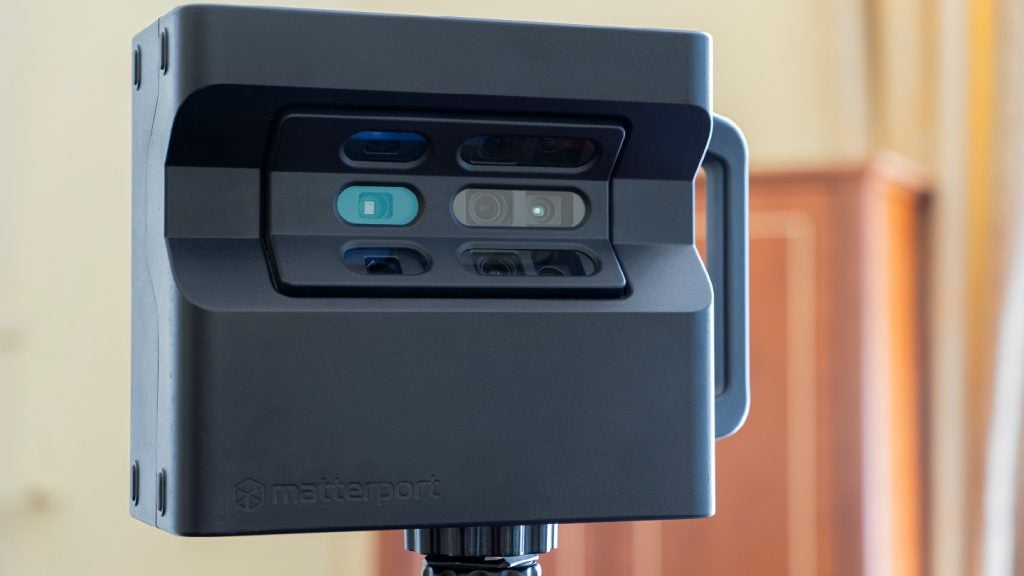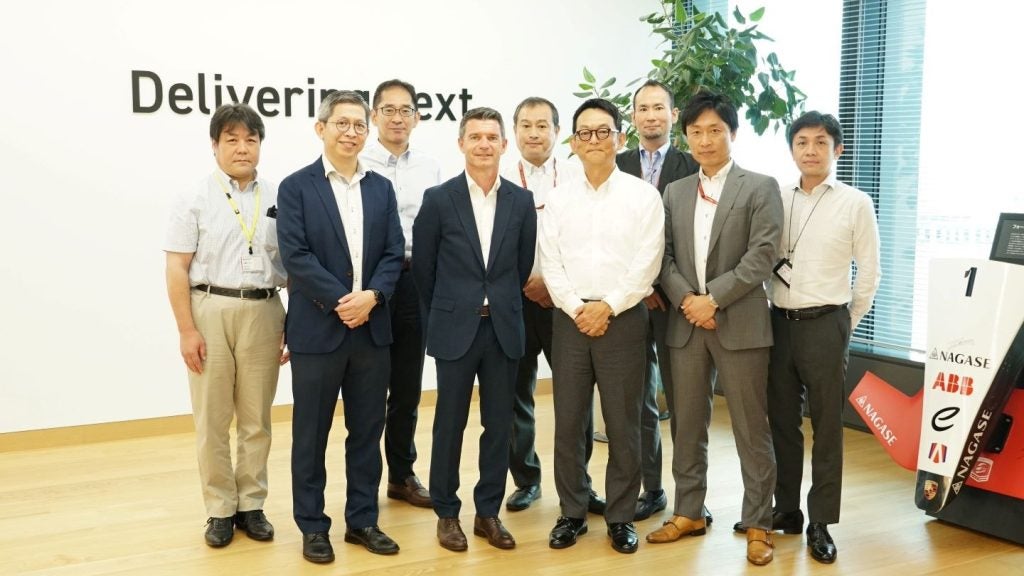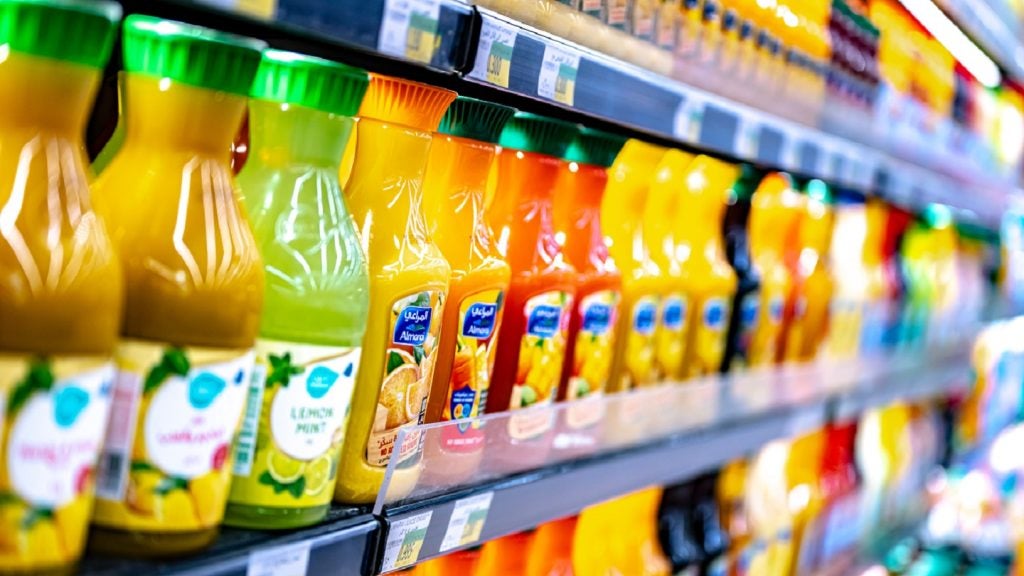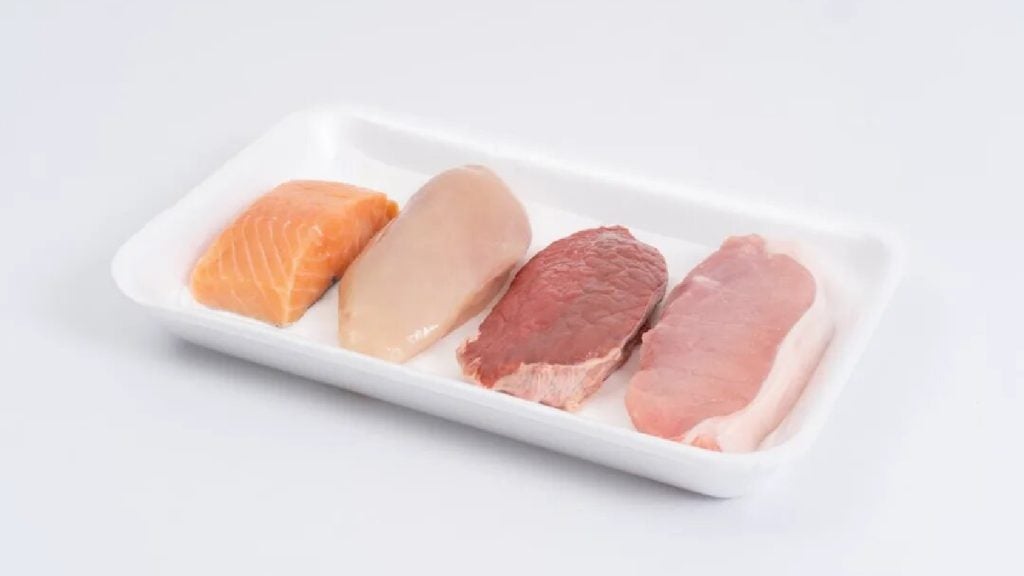In an era where sustainability is paramount, Stora Enso is making significant strides with FuraCore, a groundbreaking innovation in the packaging industry.
Dirk den Ouden, vice-president of Circular Chemicals at Stora Enso, provides insights into FuraCore's development, environmental impact, and potential to transform packaging.
Innovation journey of FuraCore
Den Ouden outlines FuraCore's origins and development at Stora Enso.
"FuraCore is chemistry," he explains.
“It's about turning renewable, raw material coming from starch, from crops like wheat and corn. We do chemistry on those sugars and turn it into plastic.”
The goal is to bring breakthrough chemistry from concept to reality, and today, Stora Enso operates a demonstration facility in Belgium, showcasing the commercial viability of FuraCore at scale.
“Where we are today, with an integrated demo facility at the site here in Belgium, […] where we run our demonstration facility, where we show that the chemistry can work at scale,” says den Ouden.
“We run it here to find data for how to build it at industrial scale and also provide samples so our customers can have a look at the material coming out and make that judgment call on how it fits in their packaging business.”
Addressing environmental concerns
Traditional plastics, particularly polyethylene terephthalate (PET), are notorious for their environmental impact. FuraCore aims to mitigate these issues.
“We have to admit a plastic is a plastic, so still for any plastic you make, you have to be very sure that it's easy to recycle, that it can find its way back into recycling systems and can be reused again,” acknowledges den Ouden.
A significant advantage of FuraCore lies in its raw material source. Derived from renewable materials such as starch from wheat and corn, it eliminates the need for fossil fuels.
"I think a very important element is on where your raw material comes from. The key benefit here is that you can use renewable materials that grow back,” says den Ouden.
"You don't have to pump up oil or gas," he emphasises. “You have a local infrastructure, your local agricultural infrastructure that can provide the raw materials.”
Designing for recyclability is a core consideration throughout FuraCore's life cycle.
"That's also what we see super strongly with the brand owners we talk to," den Ouden explains.
By creating single-material packaging, or replacing multilayer PET bottles with a combination of PET and polyethylene furanoate (PEF), recyclability is significantly enhanced.
“There's certain producers out there who do multilayer PET bottles, where you have a layer of PET, then a layer of nylon and a layer of PET again, and that's for creating that better barrier,” he notes.
“But if you want to recycle that, it's doable, but it's much more difficult to get your PET recycled than if that nylon is not there. This reduces the complexity and cost of recycling, making FuraCore a more sustainable choice.”
Scientific foundations: FDCA and HMF
FuraCore's performance and sustainability are rooted in its chemical composition, specifically Furan-2,5-dicarboxylic acid (FDCA).
“What you see in the molecules, they give a certain strength and rigidity to your plastic, but also, because of its structure and because of the chemical composition, that's what drives this effect of increased barrier,” den Ouden explains.
This makes the solution comparable to PET but with superior performance.
The production process involves converting fructose into FDCA via hydroxymethylfurfural (HMF).
Den Ouden further elaborates on the advantages of FDCA over PET.
“It's very similar to the T in PET, the T in PET stands for terephthalate acid and F in PEF stands for FDCA. It's very similar, not the same, but it does give that improvement boost and it's very similar in giving properties to the material,” explains den Ouden.
This enhanced performance, coupled with the sustainable sourcing of raw materials, positions FuraCore as a game-changer in the packaging industry.
Applications and industry potential
FuraCore's unique properties make it ideal for various packaging applications.
“If people want to have a plastic because of its transparency and the ease of use, and all these arguments that several plastics have, we see applications where the particular performance of PEF makes extra sense, that's where the strongest demand will be,” says den Ouden.
“These are things around gas barriers, so anything carbonated, anything oxygen sensitive, or a combination. Think of beer, for example, which is oxygen sensitive and carbonated, these are packaging, where we definitely see potential.”
Additionally, aerosol containers, which require strong barriers, are another promising application.
"If you think of aerosol containers, that used to be a metal-dominated space, so then you start to see that there's also a move into plastic, and there it's the barrier, because things are under pressure so you need to keep some of that gas in, in control,” he adds.
“But it's also if you look at the strength of the material, that's also where like PEF has advantages over some of the other incumbents.”
Challenges and industry integration
"We're similar but not the same as PET," den Ouden points out, which aids recyclability but presents price challenges.
“There is of course, elements where we will be so different that we really have to act on it and the biggest one there is price. So, if we look at how are we compared to PET, we have to initially, when the price is higher, make sure that it's addressing those needs, where the pay power is there to compensate for the difference in price.”
Commercialising FuraCore involves significant investments.
"The investments to date have been significant in building the team, building the capabilities to get where we are," den Ouden says.
The next step is scaling up to industrial production.
“If we look at the core of what we are really good at, at Stora Enso, is the fibre-based packaging space. If we now start to do pretty hardcore chemistry and polymerisation development, we have always felt we need to partner.
“This is the point in time where we are inviting others to join that journey forward and help us to get to the finish line.”
Future advancements in biobased materials
Looking ahead, Stora Enso is excited about the potential of biobased materials.
Its demonstration facility in Ghent plays a crucial role in this, providing data to optimise and scale the process.
“That's what the demo brings us. It's running data, it's engineering data on how to build the process in the end at industrial level,” says den Ouden.
“Then it's helping us with producing sample[s] as people want to see how your FDCA is behaving in a polymerisation. If we make polymer out of it, does it behave in our converting lines in making packages? So, sample availability is also critical step for them for the demonstration facility.”
Sourcing sustainable feedstock is a priority for Stora Enso.
“Ultimately, we would also like to see that the fructose we need is coming from a broad range of materials, not just starch from crops,” explains den Ouden.
The company is exploring biorefinery concepts, using agricultural residues and recycled fibre.
While the initial impact on starch demand is minimal, Stora Enso is preparing for future scalability.
Scaling up and industry collaboration
Scaling up FuraCore to commercial levels requires collaboration with industry partners.
“The next step is industrial and the next step is also not just by us, but really with our value chain partners, engineering companies, digital companies, the chemical industry, where we say we have taken this to this level and now we need your help to make sure it reaches the industrial scale,” adds den Ouden.
Stora Enso's demonstration facility provides the data necessary for the first industrial scale-up, paving the way for wider adoption.
The company aims to leverage its strengths in fibre-based packaging while seeking expertise from the chemical industry to realise the full potential of FuraCore.
FuraCore represents a significant innovation in the packaging industry, combining performance, sustainability, and renewability.
With ongoing advancements and strategic partnerships, Stora Enso is poised to lead the shift towards more sustainable packaging solutions.


